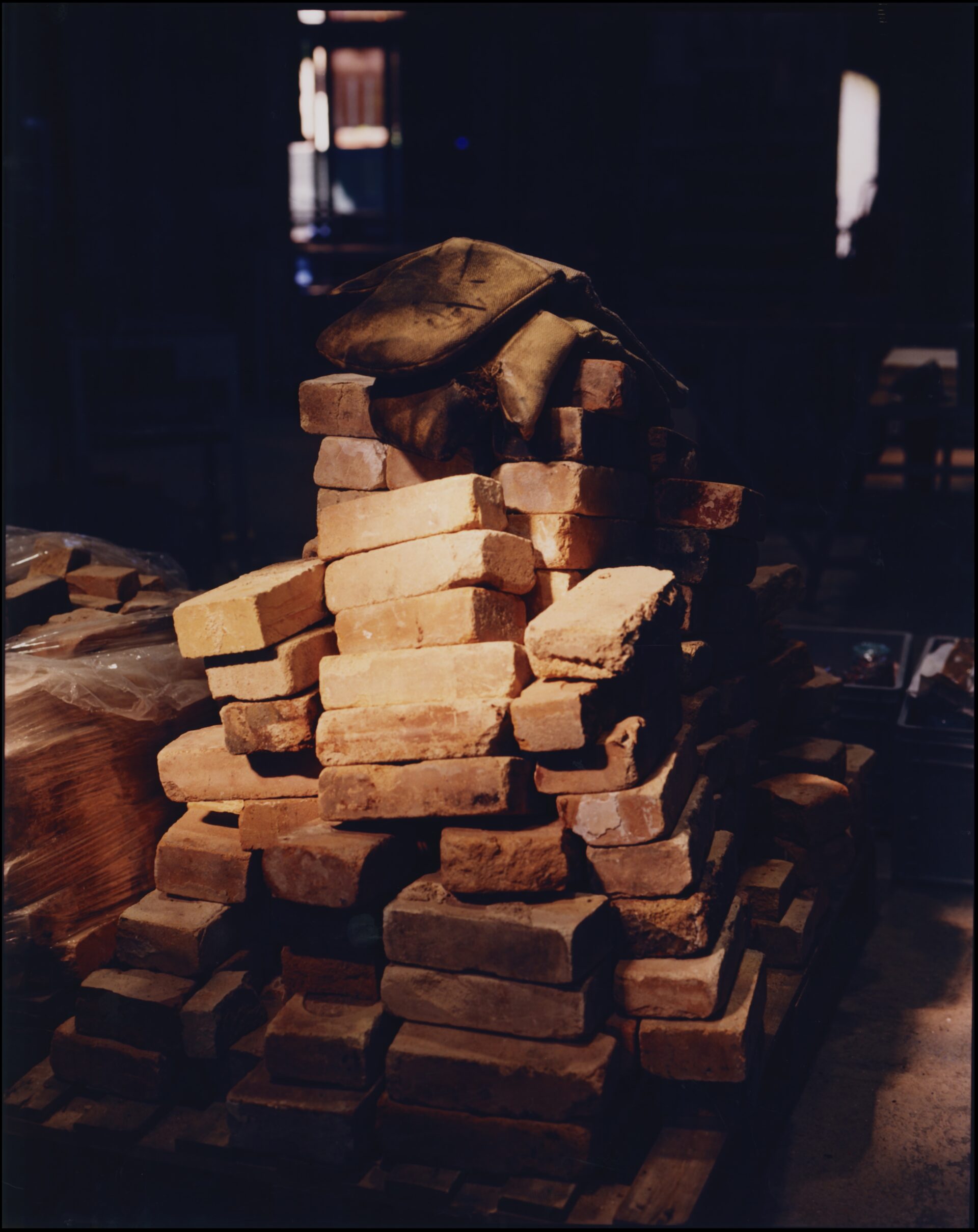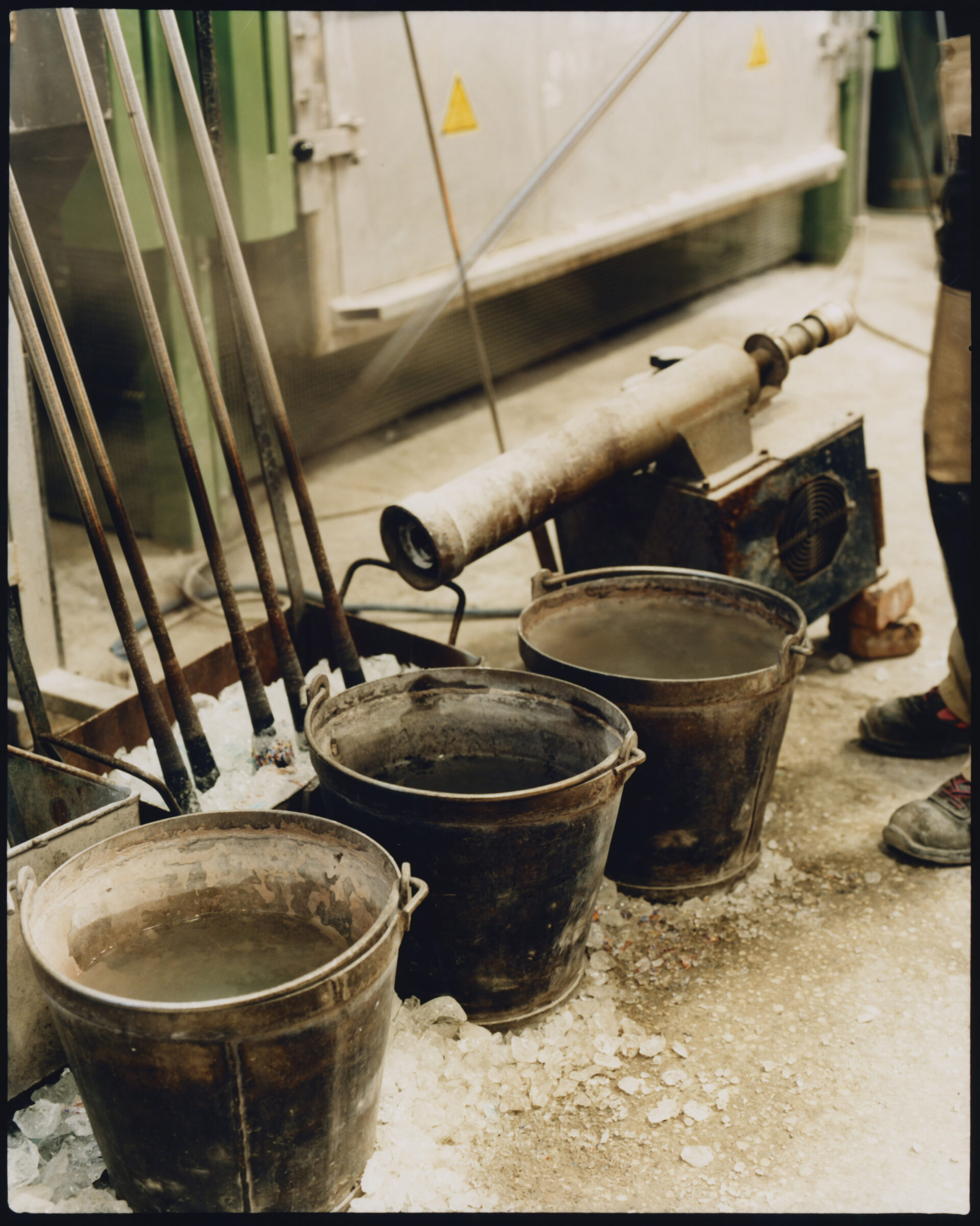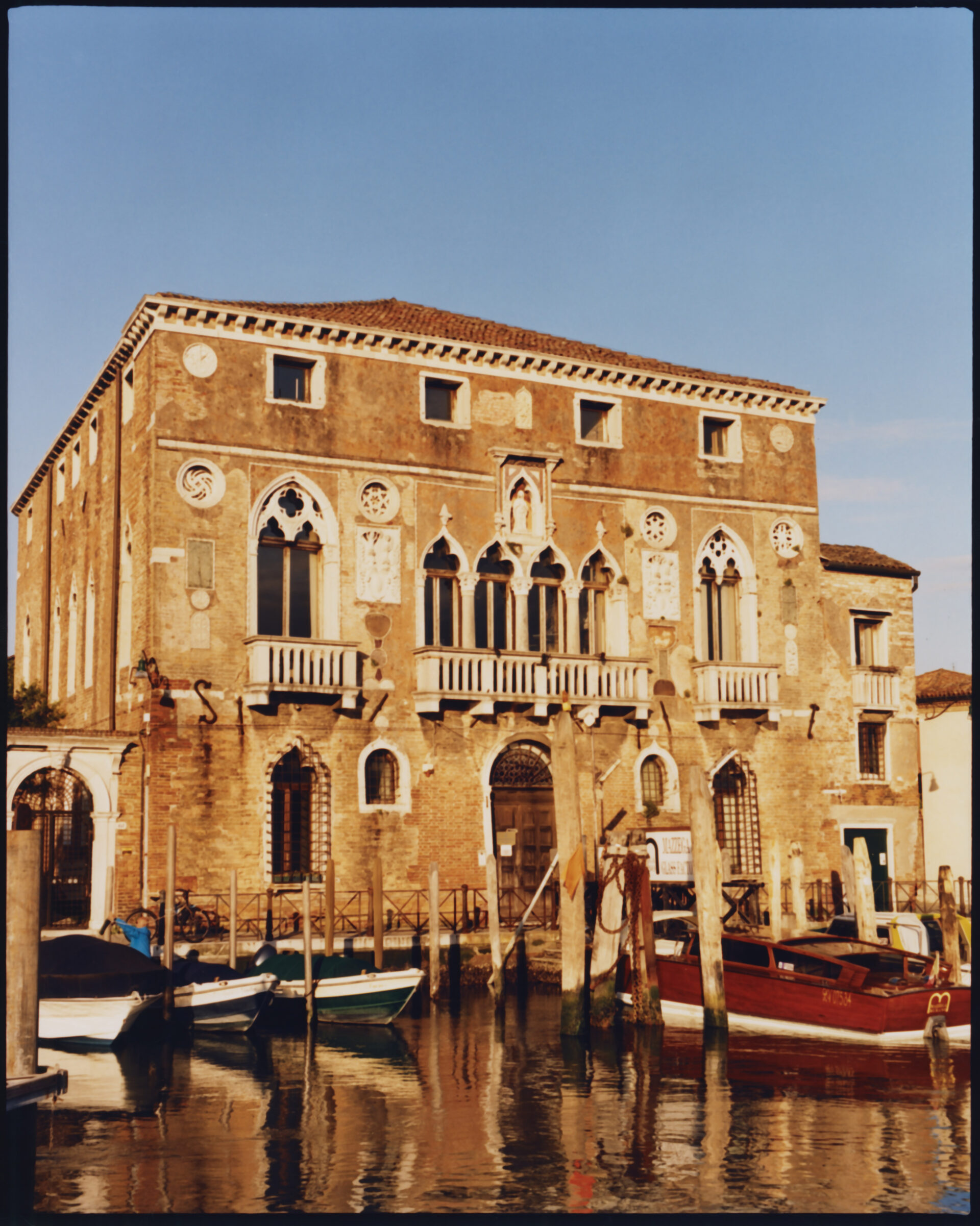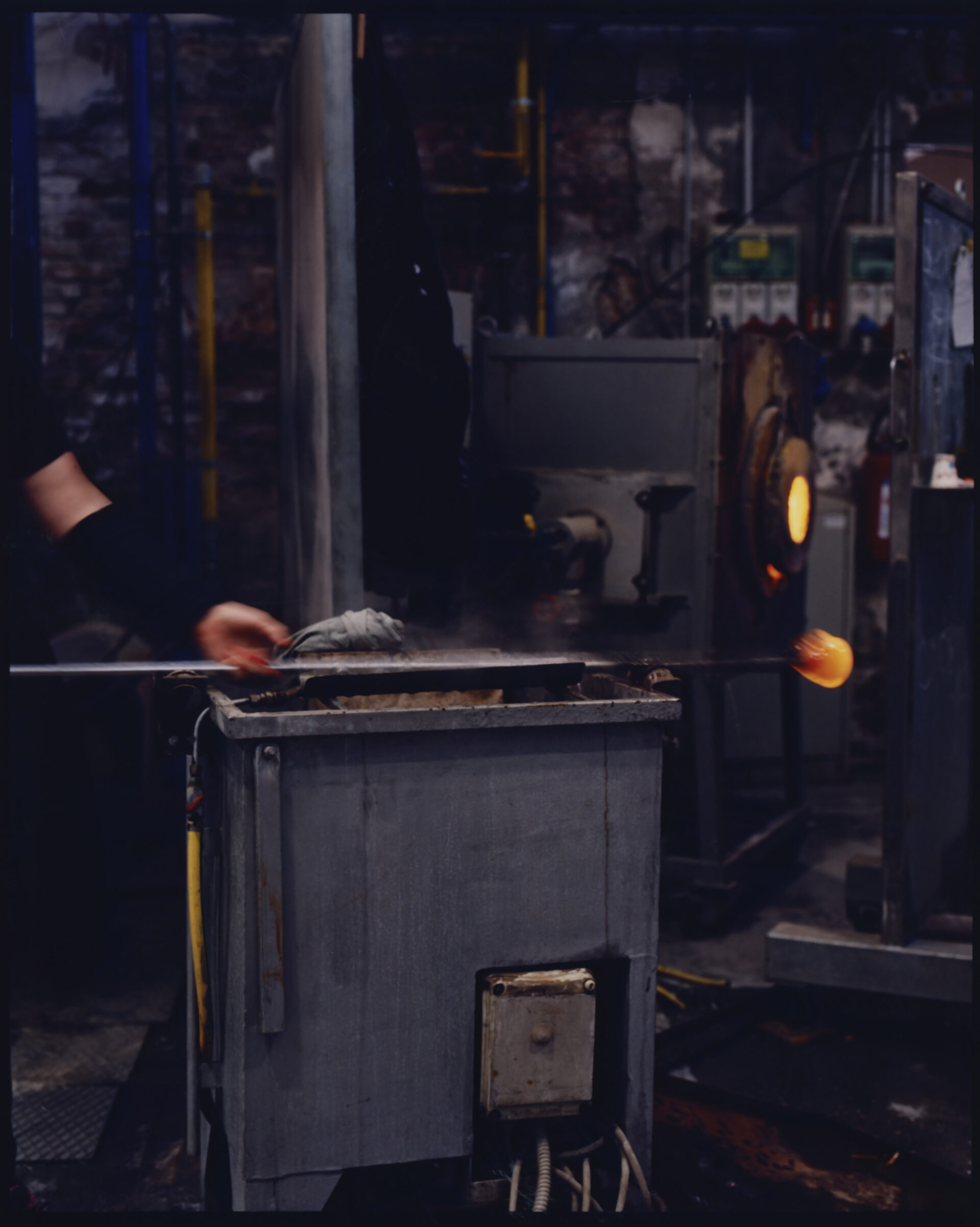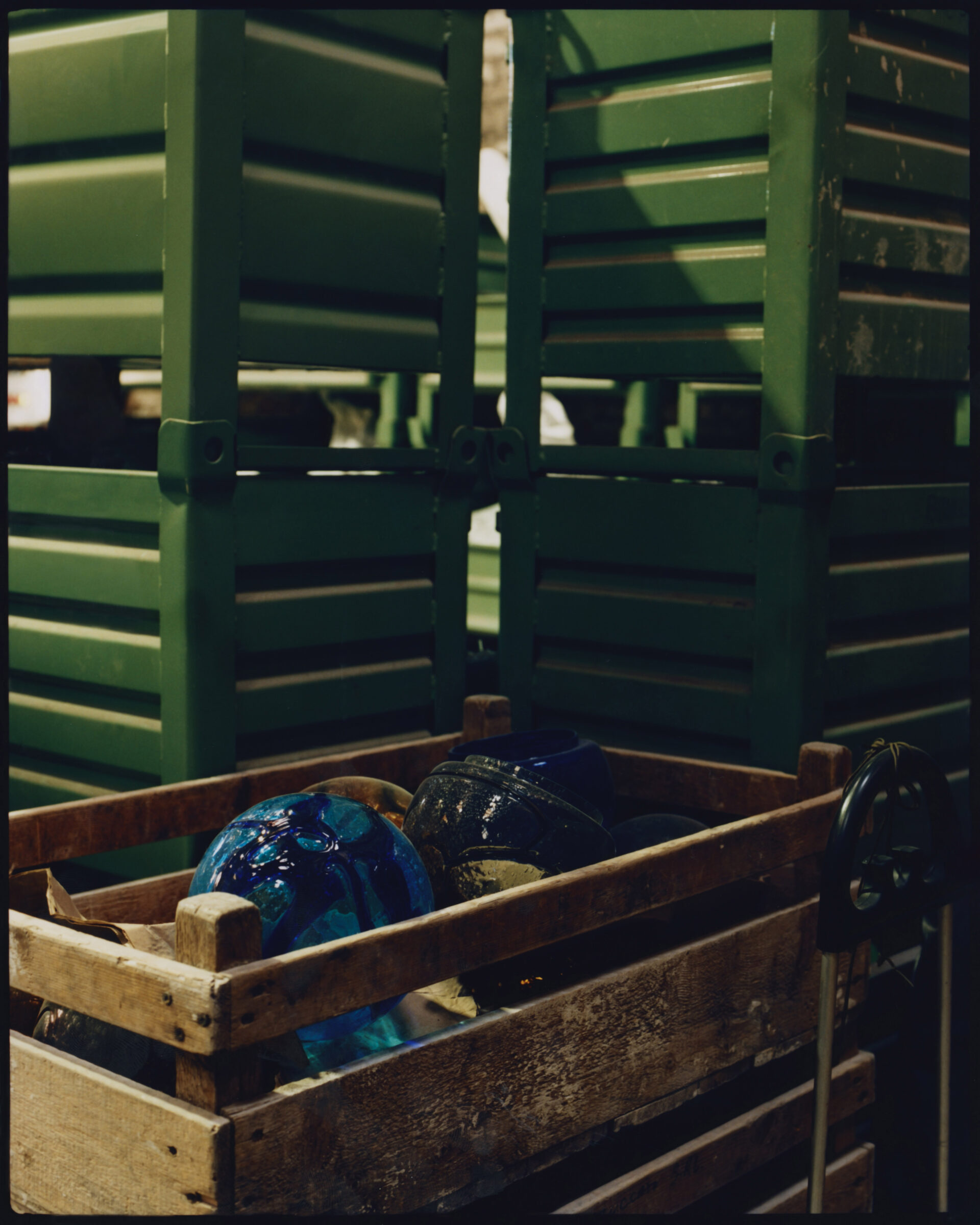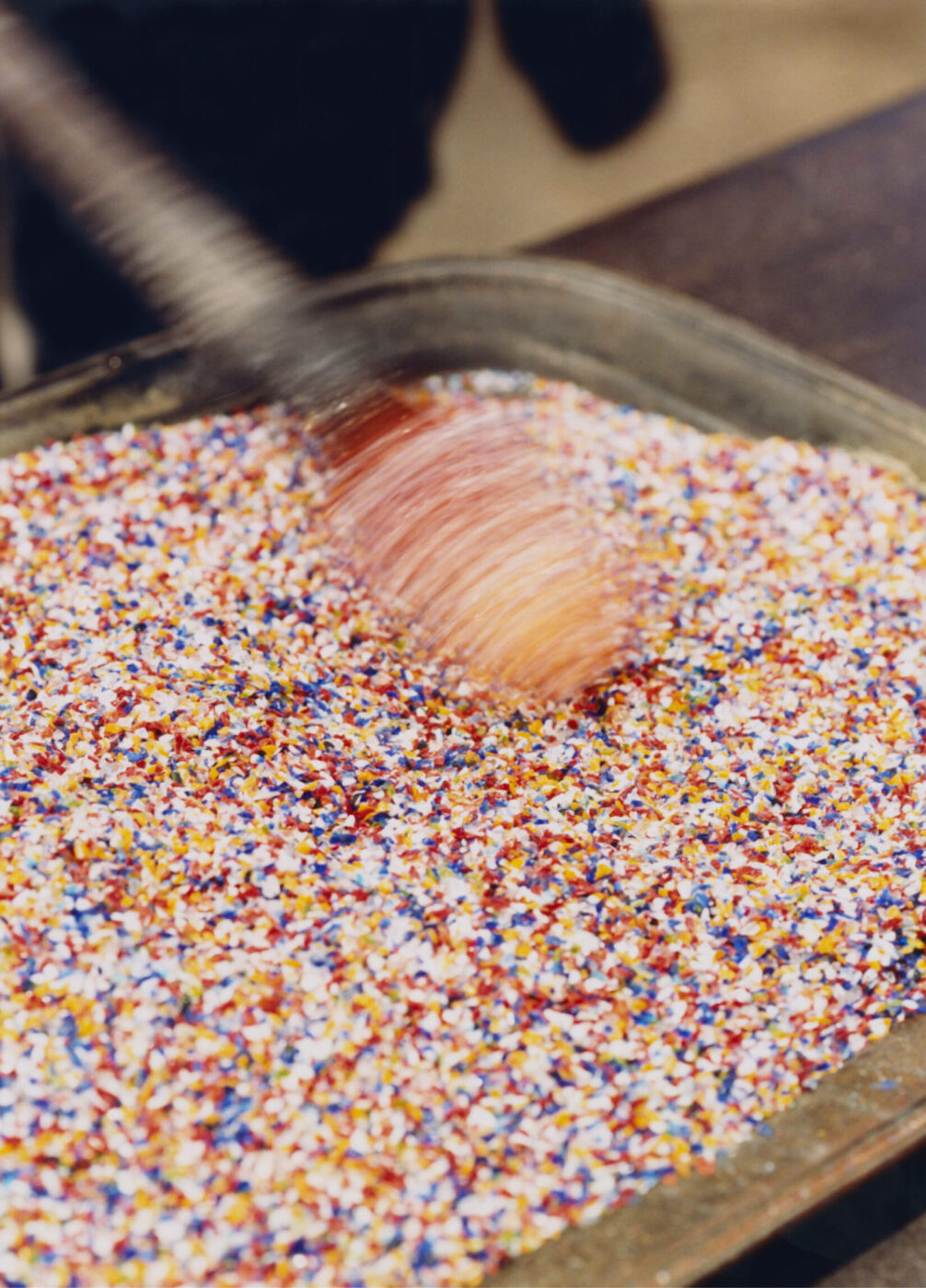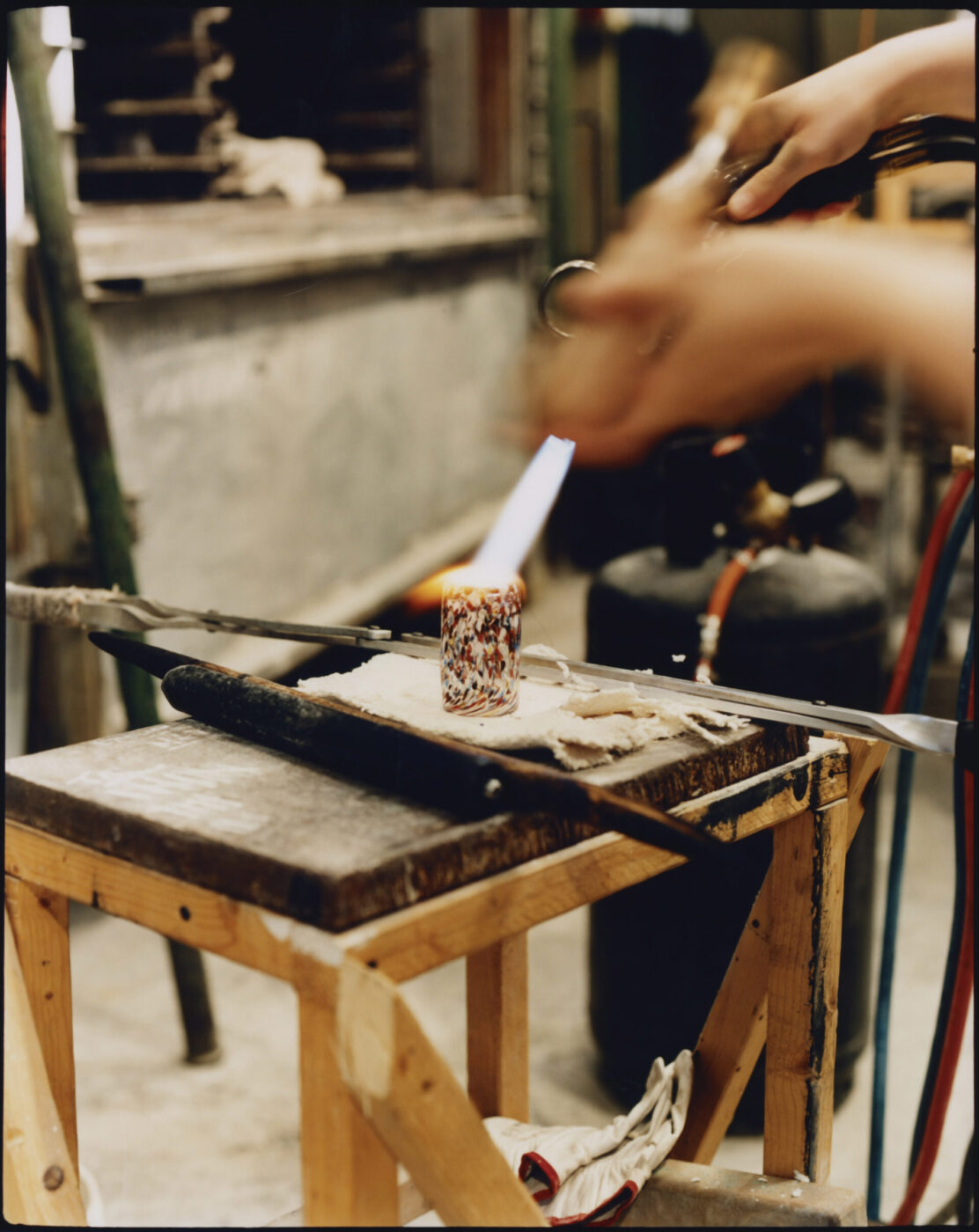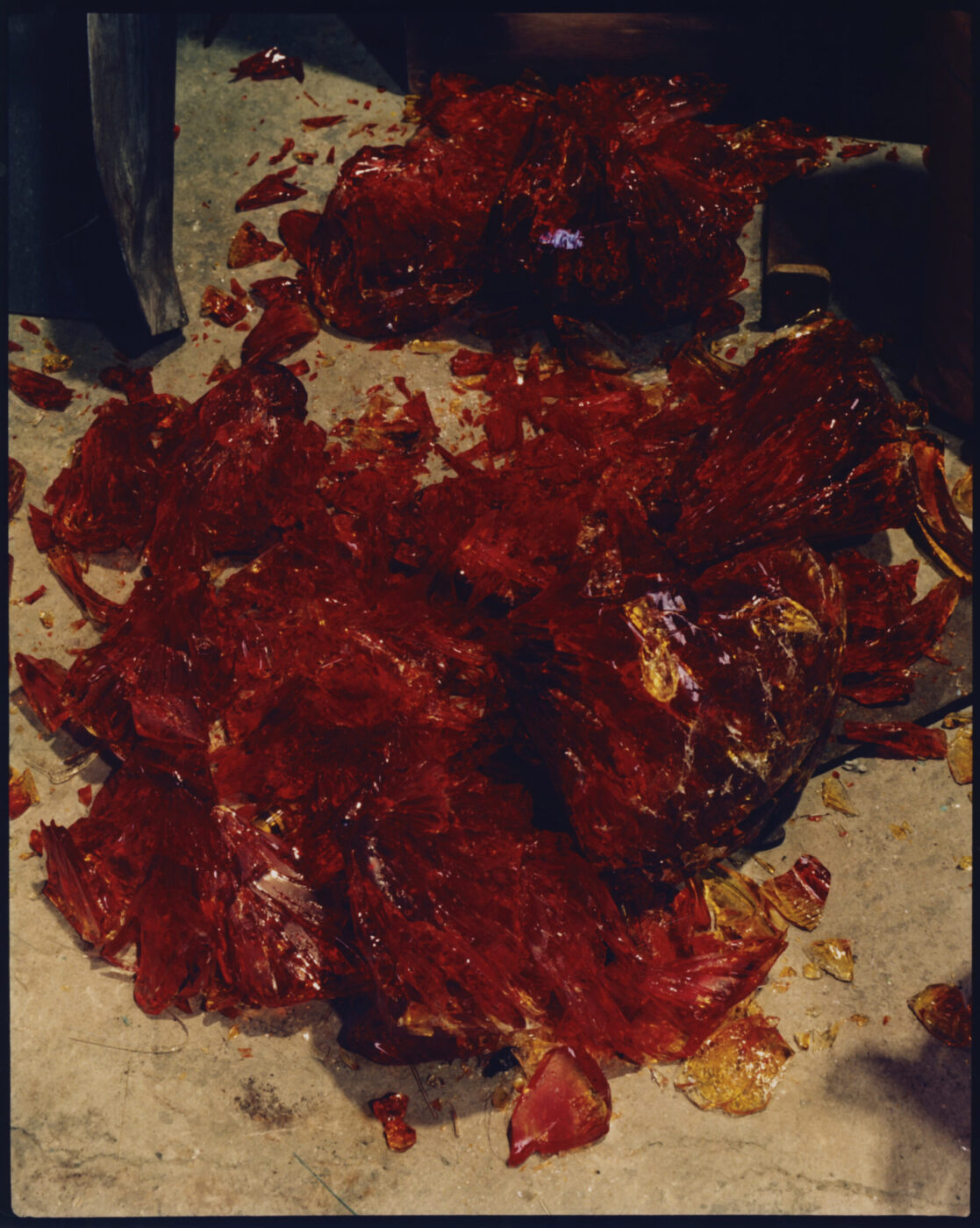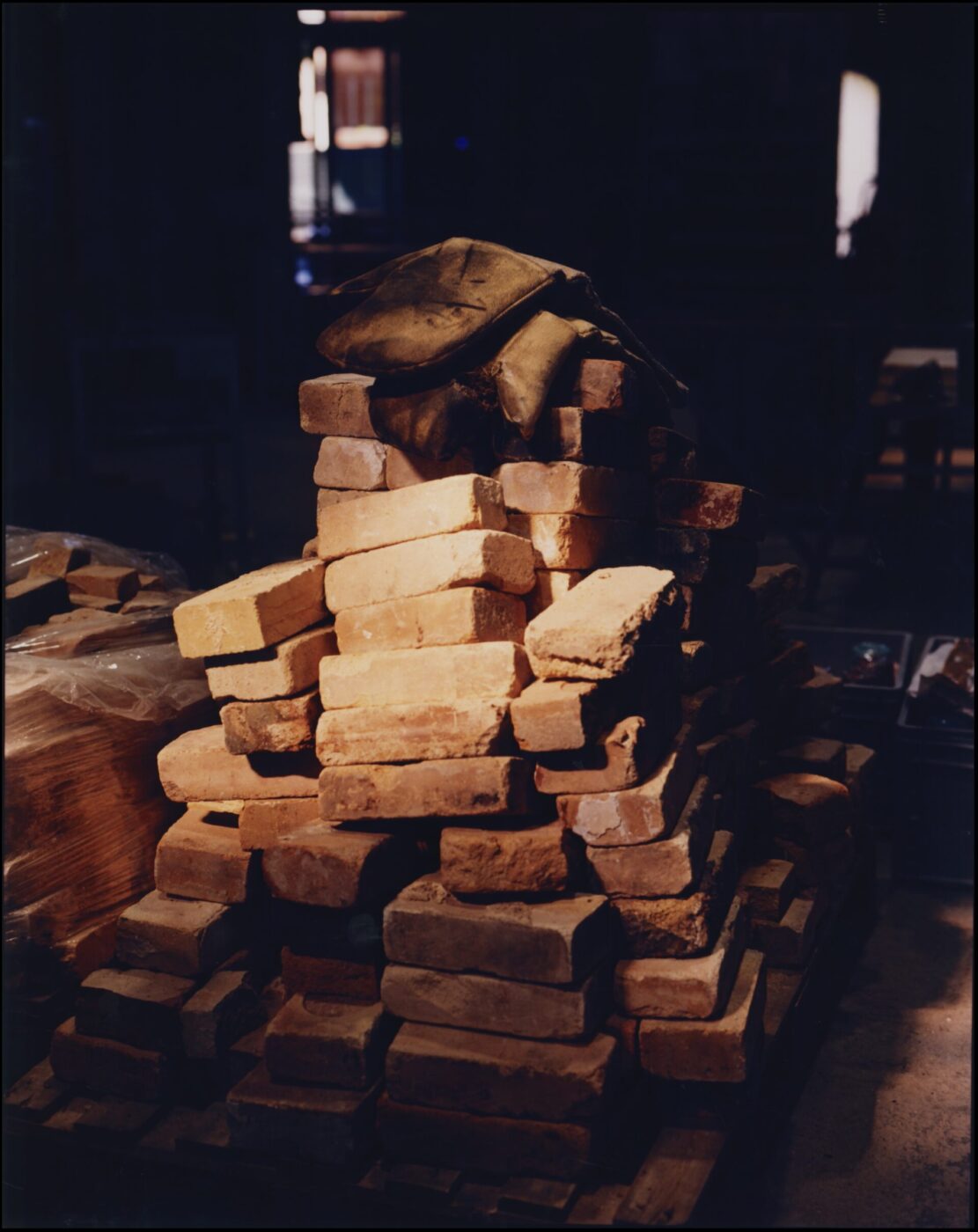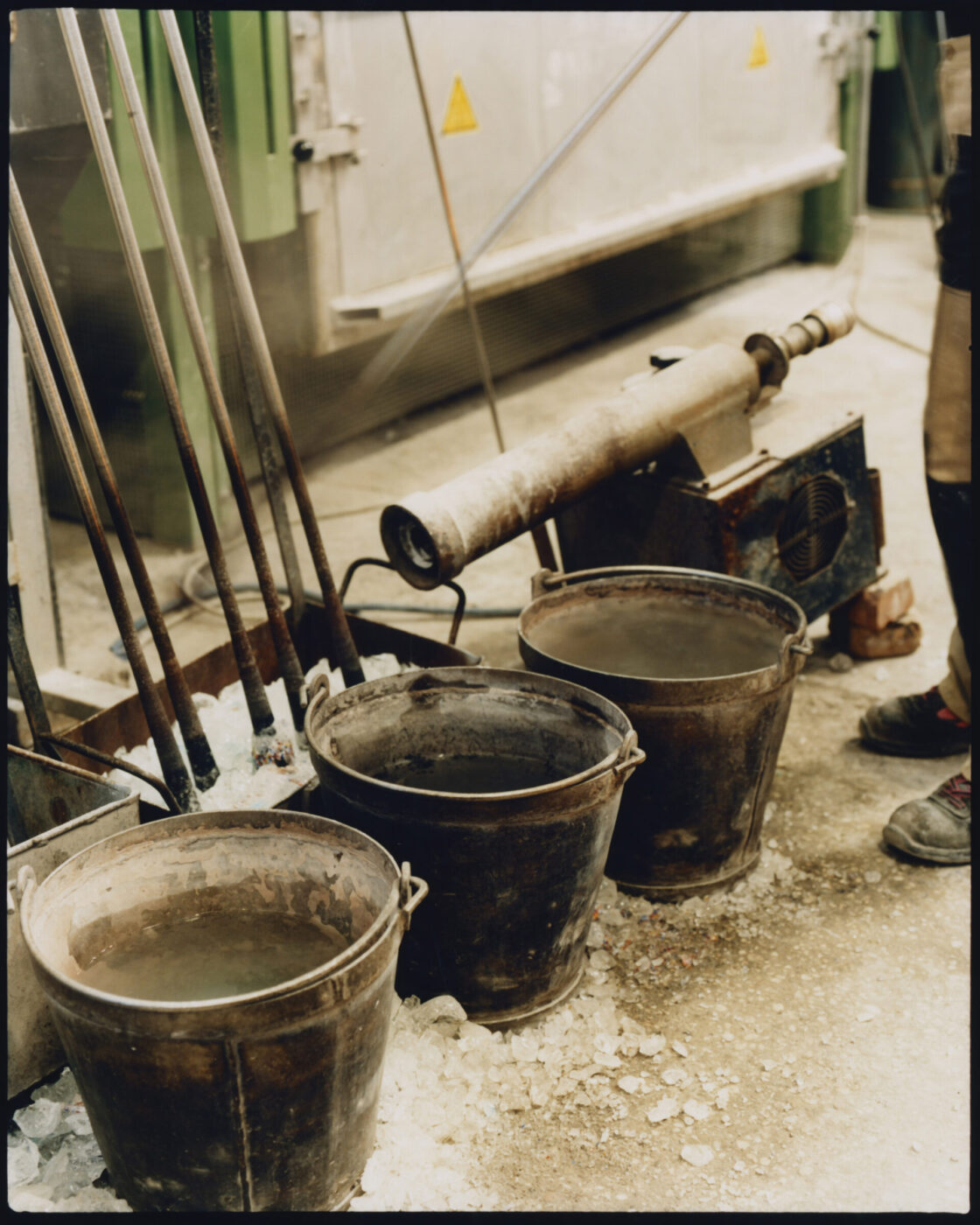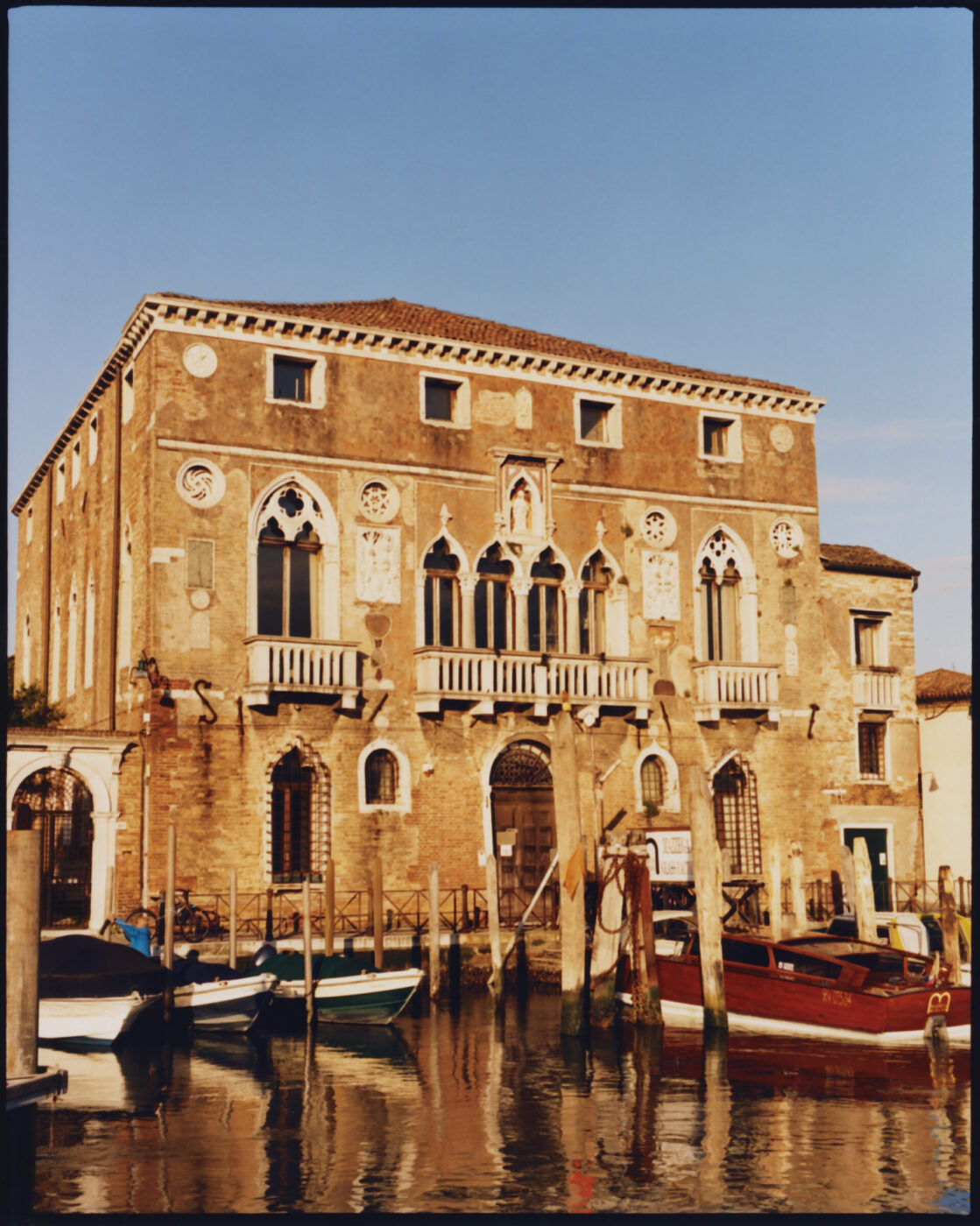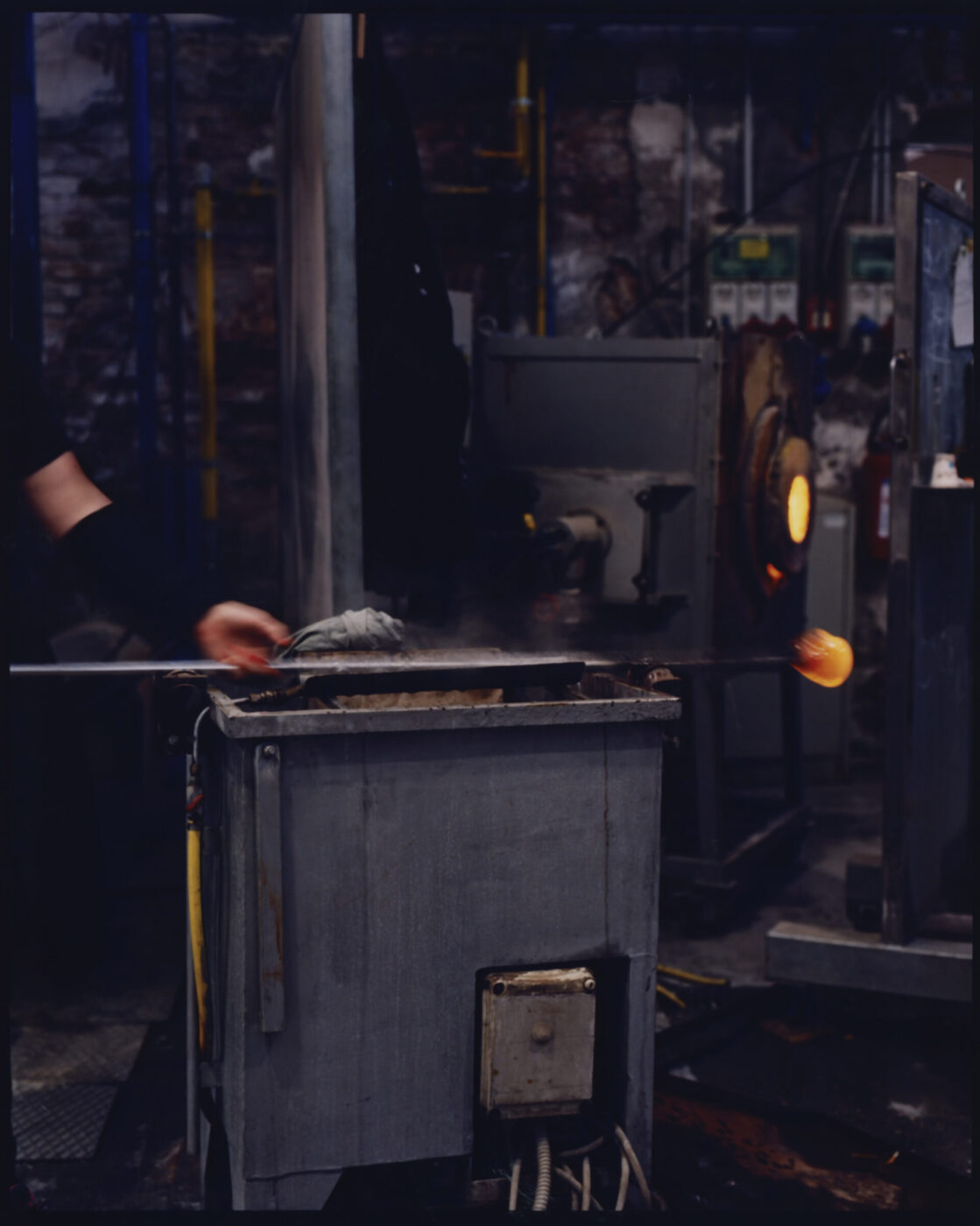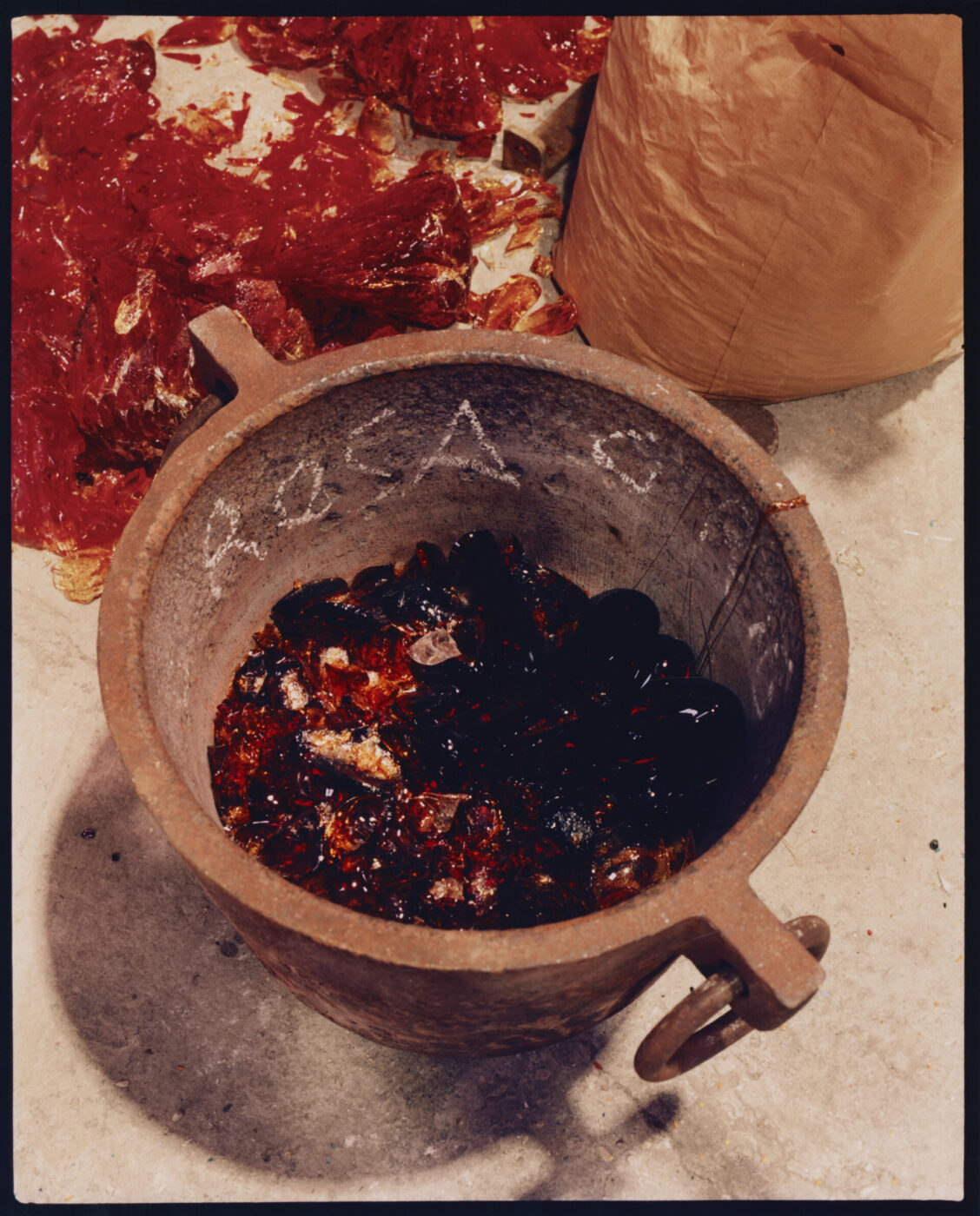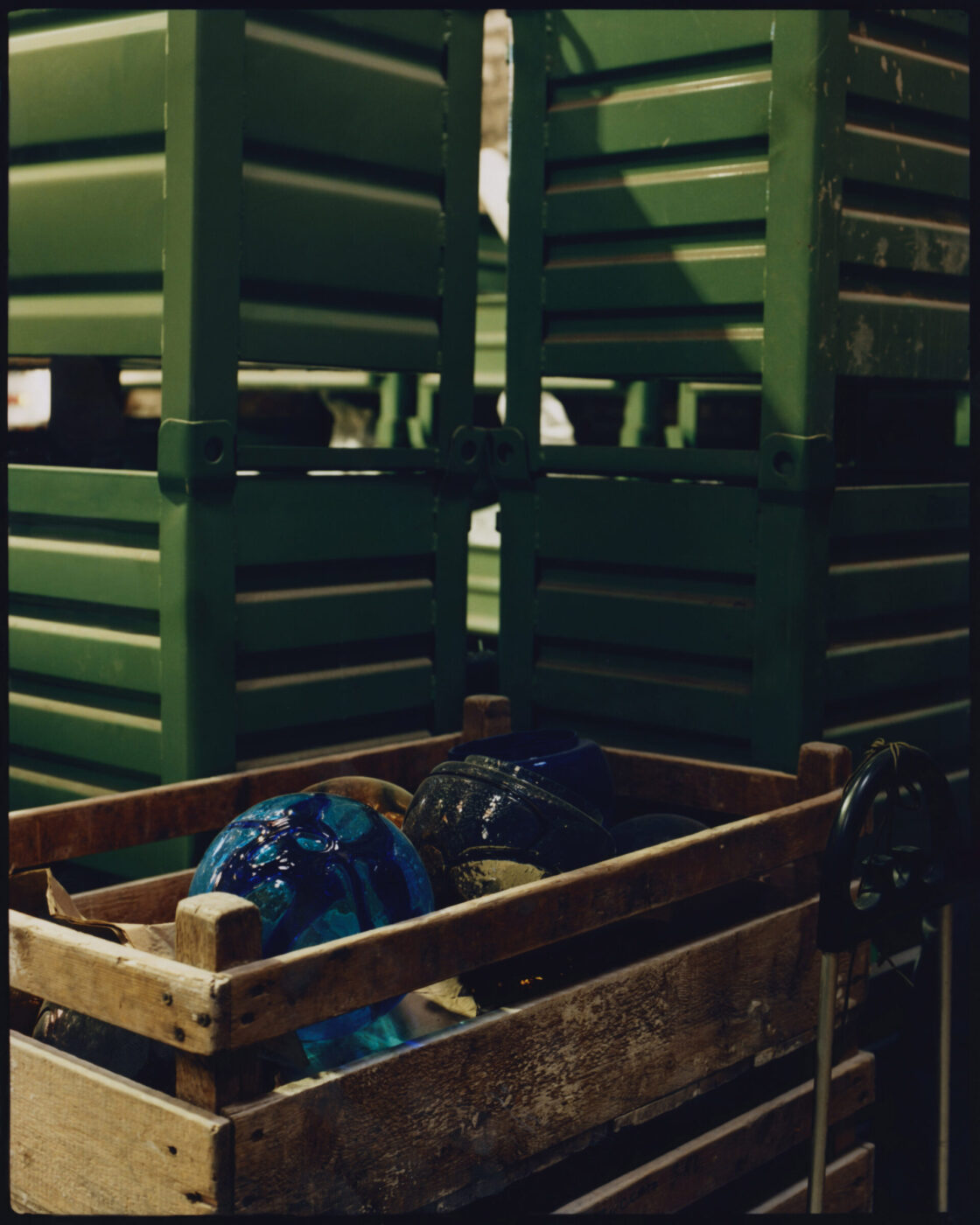Just north of Venice and with a population of around 5,000, the 1.5-kilometer-wide island of Murano is known for one thing and one thing only: handblown glass.
On a recent trip, I ventured into a shop on the Calle Gritti, its unassuming brick facade blending into the soft browns and grays of the Venetian cityscape. Inside, though, was technicolor paradise: glass trinkets, cutlery, jewelry, cups, trays, jugs, and chandeliers filled every nook and cranny. But while the shopkeeper wrapped up my piece in layers of bubble wrap, she mentioned that more and more glass furnaces were going cold. I paused—wasn’t this island built on glassblowing?
Just as Champagne can only come from that eponymous region in France, Murano glass can only be created in one of the 60 or so factories on the island. It’s been this way since the 13th century, and the techniques of the craft have remained fairly constant since then—save for a few tweaks like switching from wood to natural gas furnaces for better temperature control and to reduce carbon emissions. The factories’ roaring furnaces stay ablaze nearly all year round, shutting just once in August for maintenance.
Inside the furnace, temperatures reach up to 1,500°C (2,732°F)—hot enough to melt raw materials like silica sand, sodium carbonate, and lime into a lava-like mass. The molten glass twists and bends with a life of its own until a master craftsman takes control, gathering the molten mass onto the end of a hollow metal blowpipe and rolling it on a steel slab (marver) to cool and shape it. Then, within seconds, they have to snip, stretch, blow, and pull it into the desired form before the glass starts to harden. The product is placed in a chilled furnace to slowly cool—a process known as annealing.
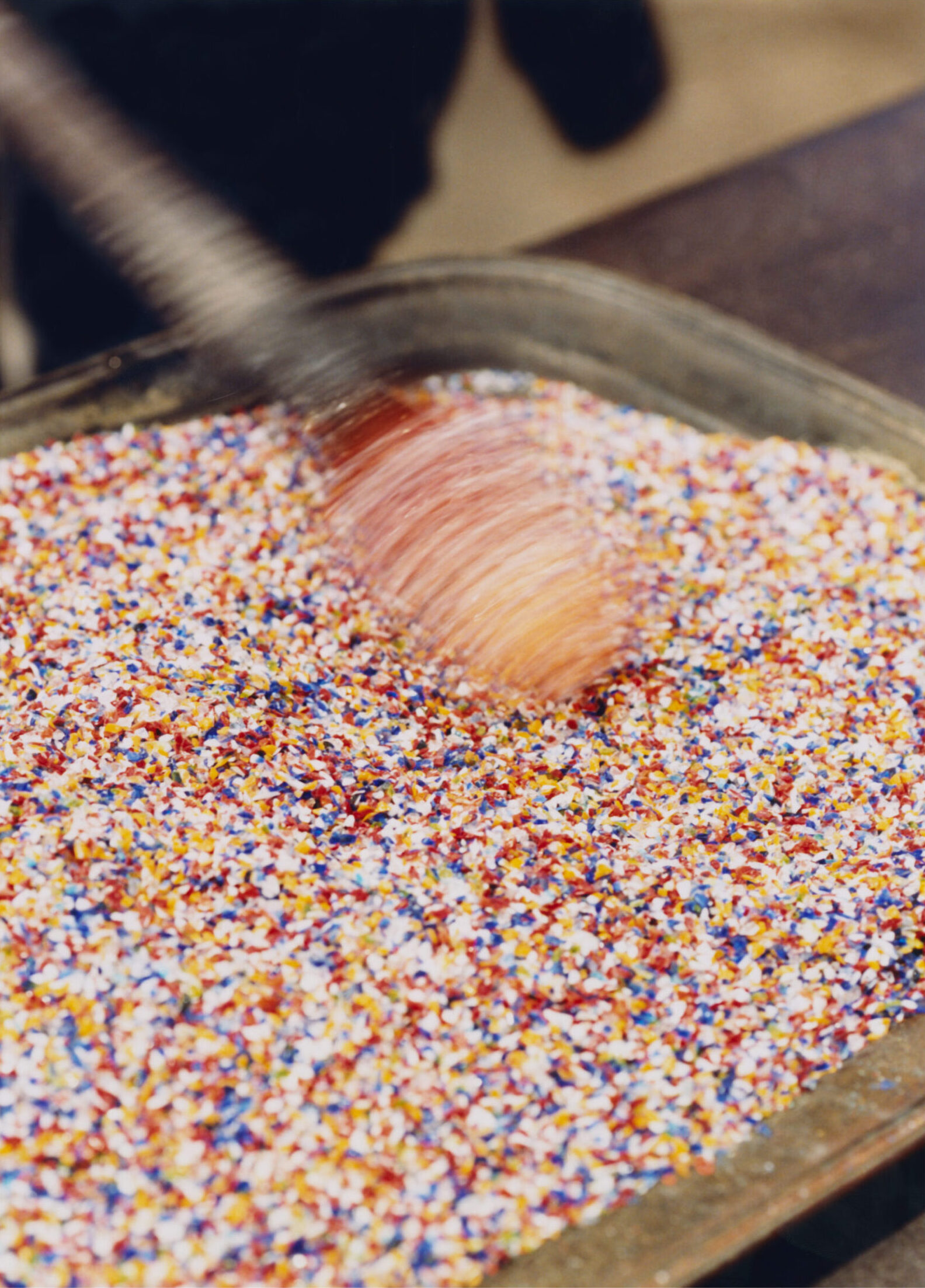
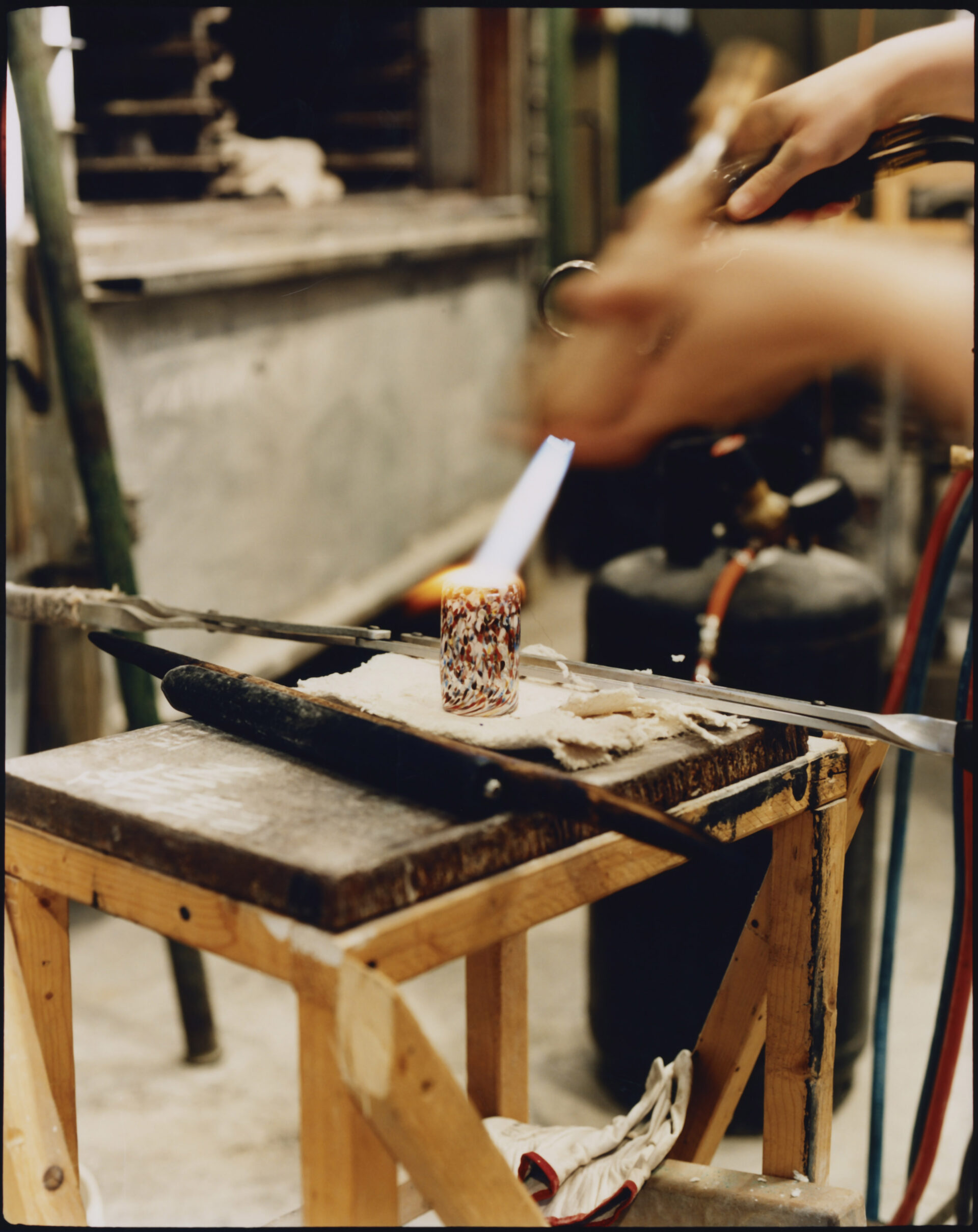
Behind-the-scenes at Wave Murano Glass
A Murano glass object is so delicate that it can shatter into pieces at even the slightest exaggeration of pressure, but if treated with care it can survive, blemish-free, for hundreds of years.
In the past few years, however, many of the glass factories on Murano have been lying cold, lifeless, and eerily quiet, as their owners continue to face some of the biggest challenges to date. With energy prices still volatile in the wake of Europe’s ongoing crisis—natural gas costs having spiked up to 400% at their peak in 2022—the glass industry continues to struggle. In 2021, Murano craftsman Cristiano Ferro saw his furnace fuel costs skyrocket from €40,000 in September to €170,000 in October. The surge forced him, like many others, to shut down his furnaces indefinitely.
Although the Italian government allocated around €3 billion in relief in 2025 to help businesses with rising energy costs—a fraction of the tens of billions provided during the 2022 crisis—it’s just one battle for Murano. Cheap replicas from overseas have flooded the market, chipping away at both sales and reputation. Yes, the real thing costs (sometimes significantly) more, but reflects the skill, labor, and energy (fuel and effort) true glasswork demands.
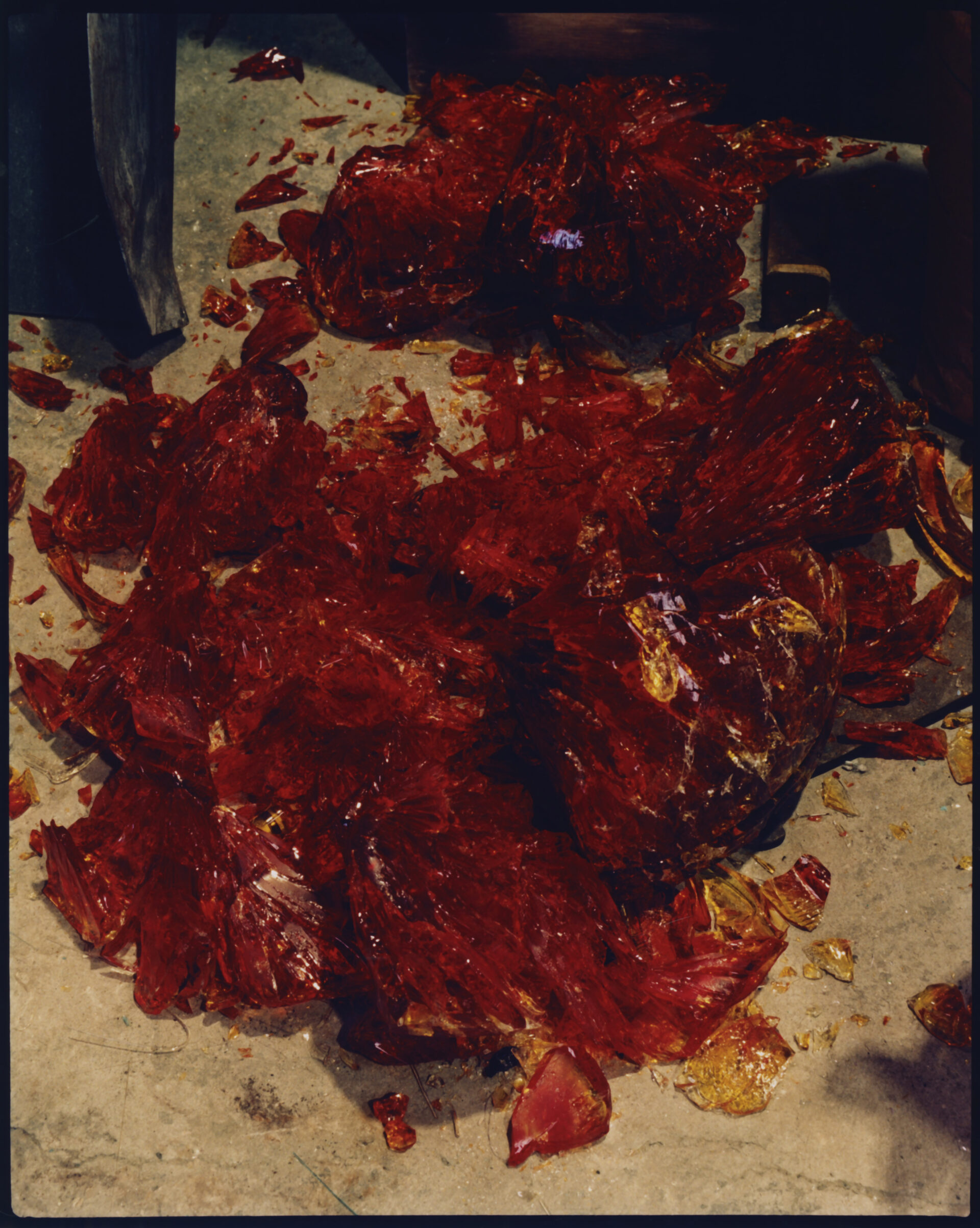
Yet all is not lost; people are fighting to both preserve this tradition and also to make it relevant today. One such organization is Fondazione Berengo, founded in 1989 by Adriano Berengo, which works to bring Venetian glass into the realm of contemporary art. At the 2009 Venice Biennale, the foundation inaugurated a game-changing venture called “Glasstress” to transform the material into something culturally resonant, not just decorative, by pairing acclaimed artists—most of whom have never worked with glass before—with Venetian craftsmen. It was such a hit that exhibitions have since popped up everywhere from the Uffizi to the Hermitage to the Museum of Arts and Design in New York, with their most current space in Boca Raton, Florida. Big names like Tracey Emin, Pharrell Williams, Ai Weiwei, and Zaha Hadid have all literally jumped into the fire over the past 15 years, combining their varied expertise with the centuries-old technique.
On the island of San Giorgio Maggiore, La Stanza del Vetro is also doing its part with a glassblowing archive. Housed in a sleek 650-square-meter space, the institution stages large-scale, rotating (free) exhibitions that spotlight everything from avant-garde experiments to mid-century masterpieces, often organized by time period. Shows have celebrated the likes of Carlo Scarpa and Thomas Stearns, plus more contemporary artists, and the space also runs talks, workshops, and conferences that deep dive into the form.
Equal parts artisans and artists, the island’s glassmakers remain cautiously hopeful as their furnaces are slowly being powered up once again. And I, for one, cannot imagine a world in which Murano’s generations of knowledge are reduced to museum pieces. After all, as one such maker Mattia Rossi, exclaimed, Murano glass will “give you the greatest feeling in the world… [will] make you feel like it’s alive.”
